Root rot remedies on indoor flowers
Indoor plants decorate the interior when they are healthy and looking good. The appearance of root rot leads to the fact that the roots first die off, and then the flower loses its decorative effect and dies. Basically, this problem arises in connection with improper care, and you need to start dealing with it immediately. Complex measures will help to cope with root rot.
Description and causes of the disease
The causative agents of root rot are pathological fungi from the genus oomycetes. Most often it is Phytophthora, Pythium, Phytophthora.
Microorganisms can initially be present in the soil without showing themselves in any way, and begin to actively develop under optimal conditions for them. Particularly dangerous is a variety of root rot called late blight, which often affects young plants, which as a result die in a matter of days. For example, this often happens when the seedlings are not grown properly.
The main reason provoking the appearance of root rot is a violation of agricultural technology, namely, waterlogging of the soil. With excessively abundant watering, the earth does not have time to dry out, the earthen lump becomes excessively compacted, oxygen ceases to flow to the roots.
This leads to the creation of a stable aerobic environment in the root areas. Stagnation of moisture in a pot often occurs at a low temperature, in which case the water simply does not have time to evaporate between waterings.
The source of infection can be not only contaminated soil, but also used flower pots, contaminated tools.
Root rot symptoms
The disease often affects vegetable and flower crops grown in the garden, and even grain crops (wheat, barley, oats, rye). She also does not bypass indoor flowers.
At home, root rot is often found in plants for which excessive watering is detrimental:
- orchids;
- ficus Benjamin;
- violets;
- cacti;
- aloe.
Unlike top rot, root damage cannot be detected immediately. The insidiousness of the disease lies in the fact that at first the pathological process takes place underground and remains invisible to the owner of the flowers. At the height of the disease, due to disruption of the functioning of the roots, symptoms appear on the vegetative part. The leaves begin to turn yellow, wither, the plant looks lifeless. Sometimes the florist takes these signs for a lack of moisture and fills the flower even more.
Root rot can only be recognized accurately after removing the plant from the pot. You need to carefully examine the roots. If they turn out to be soft and black, then the suspicions were confirmed.
If you touch diseased roots, they immediately fall off. Especially quickly, the disease affects freshly rooted cuttings, young seedlings. In this case, signs in the form of yellowing and wilting of leaves do not even have time to appear. In a matter of days, the roots and the lower part of the stem completely rot.
Treatment with folk remedies
It is possible to get rid of root rot on indoor plants with the help of folk remedies only at the initial stage of damage. The prepared solutions are poured over the lower part of the stem and the surface layer of the soil, and the roots are processed. For this purpose, you can use:
- Potassium permanganate. It is necessary to prepare a solution of pale pink potassium permanganate and water the plant at the base of the stem and around it. Do not use this product in strong concentration, otherwise the roots may burn.
- Iodine with milk. For watering, a solution is prepared from 1 liter of milk, 30 drops of iodine, 30 g of crushed plain soap per 10 liters of water. To obtain the effect, you will need 3 treatments with an interval of 10 days. A necessary condition is the normalization of the irrigation regime of the diseased plant.
- Chalk and copper sulfate based paste. You must mix 3 tbsp. tablespoons of crushed chalk, 1 teaspoon of copper sulfate and 0.5 liters of water. After mixing, a creamy liquid is obtained, with which you need to lubricate the lower part of the stem, the root collar and the affected roots. After processing, the roots are slightly dried and the plant is planted in fresh soil.
- Wood ash and chalk. Both components are mixed in equal proportions, after which the roots of a diseased plant, extracted from the ground, are powdered with powder. At the end of the treatment, the plant is planted again.
If root rot is found, it is better not to be lazy and replace the soil in the pot with disinfected soil. Fresh soil should be spilled in advance with a solution of potassium permanganate or boiling water. This should be done a week before transplanting, so that beneficial microorganisms can colonize the soil in the remaining time. In the future, it will be necessary to water the flowers less often and with less water.
The use of drugs
A guaranteed result can be obtained by treating a fungal infection with fungicides.
If, with excessively wet soil in a pot, the flower begins to wilt, it must be urgently removed from the container and measures taken. The roots are washed with water, cut off all affected areas and soaked in a solution of a fungicidal agent.
Effective preparations for root rot:
- "Alirin-B" - 1 tablet for 5 liters of water;
- "Vitaros" - 2 ml per 1 liter of water;
- "Oxyhom" - 10 g per 5 liters of water;
- "Ordan" - 5 g per 1 liter of water;
- "Gamair" - 2 tablets for 1 liter of water;
- "Hom" - 20 g per 5 liters of water;
- "Previkur Energy" - 3 ml per 2 liters of water;
- "Baktofit" - 10 ml per 5 liters of water.
The solution is prepared just before processing. The roots should be in it for 15-20 minutes. Features of use are indicated in the instructions for the drug.
Preventive measures
Prevention of the appearance of fungal infection on the roots begins even before the flower is planted in the pot. In the future, each plant needs proper care.
- When propagating by cuttings, the stem is immersed in a fungicide solution for 5-10 minutes and only then planted.
- If seeds are used, they must be treated before sowing. This can be done with a pale solution of potassium permanganate or one of the fungicides.
- Before use, flowerpots should be washed with soap and rinsed with boiling water.
- The soil also needs sterilization. The purchased land does not need to be cultivated, the manufacturer has already done it.
- The tool used for planting flowers must be clean; before carrying out work, it is additionally wiped with alcohol, vodka or a solution of "Chlorhexidine".
- If you had to deal with the treatment of a sick flower, you must thoroughly wash your hands before touching other plants.
- As far as possible, the room should be kept at a humidity level of 40-60% and a temperature of 18 ° C, and also regularly ventilated.
- Watering indoor plants should be done with moderate amounts of water and not too often, taking into account the individual needs of each flower. Most plants need the topsoil to dry out between waterings.
- Stagnation of moisture is especially destructive for succulents and epiphytic vegetation (for example, orchids).
- Fertilizer should be applied in doses, since an excess of minerals can provoke the growth of pathogenic microflora.
So, in order to avoid fungal diseases, one of which is root rot, you need to properly care for the flowers, starting from the planting stage. It is imperative to take into account the individual plant moisture requirements and adjust the irrigation schedule when external conditions change. The first signs of the disease should be a signal for immediate treatment.
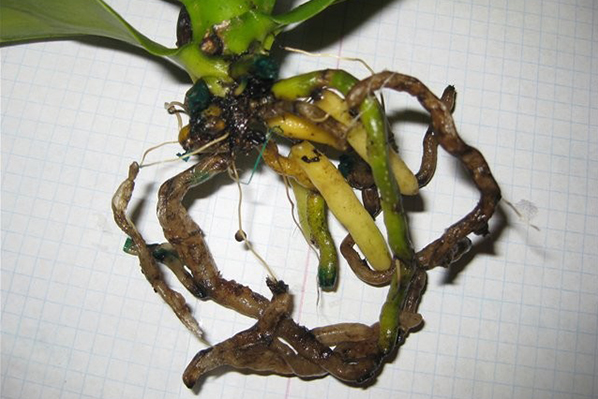
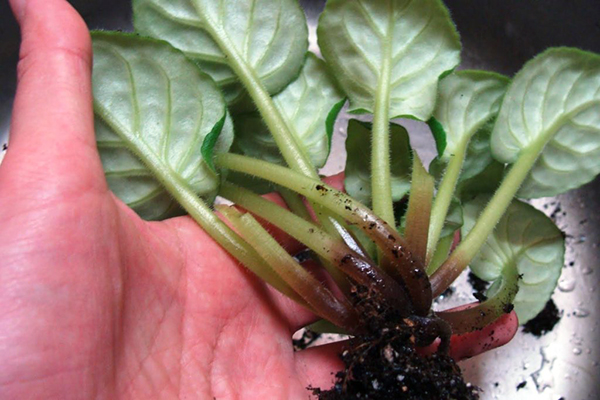
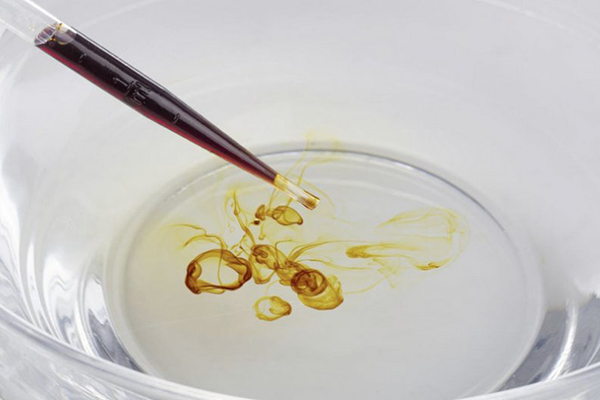
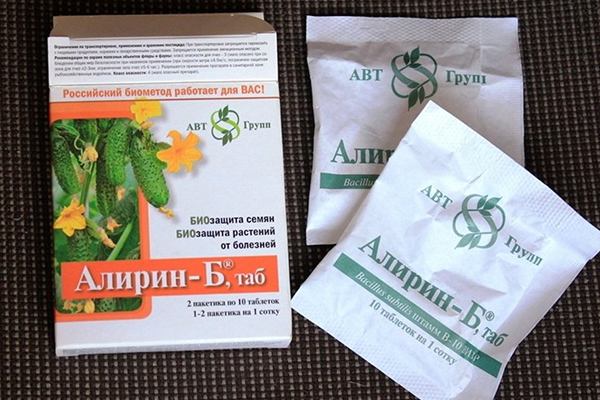
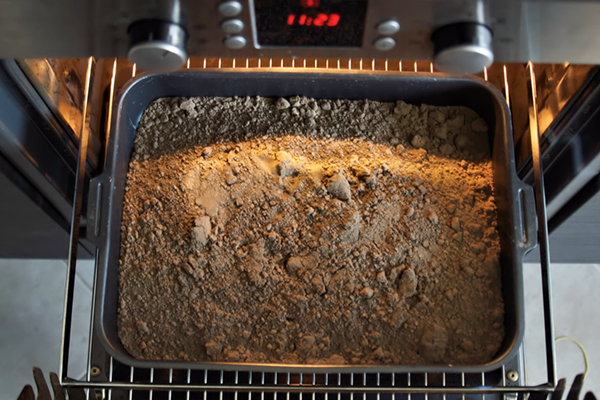
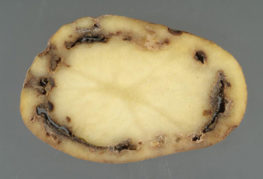

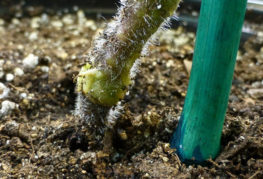


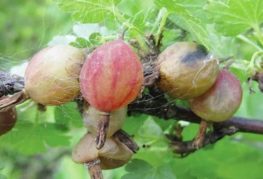
and will be published shortly.